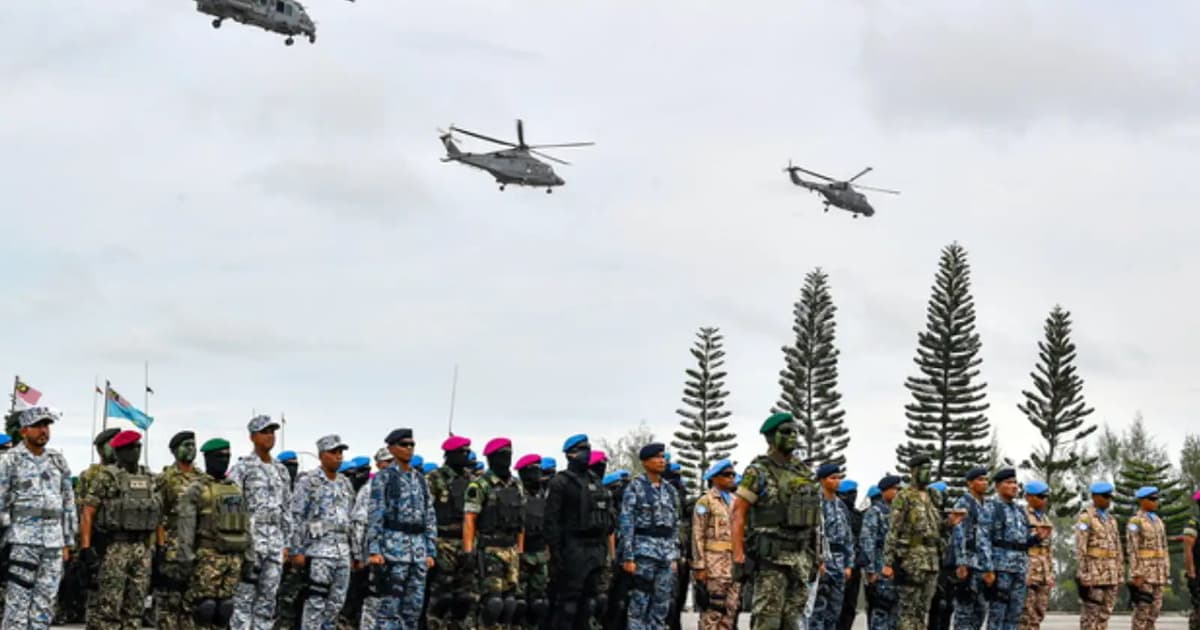
The asset preparedness of Malaysia’s armed forces is still inadequate in light of today’s more modern and complex threats, says defence minister Khaled Nordin.
Citing the ministry’s mid-term review of its defence white paper, Khaled said this meant that the armed forces needed to be modernised through the procurement of new assets.
He said this included the procurement of FA-50 light fighter jets, ATR-72 MPA maritime patrol aircraft, MALE UAS ANKA-S unmanned aerial vehicles, littoral mission ships and the long-awaited littoral combat ships.
“The armed forces will receive these assets from 2026 to 2030, according to the delivery schedule,” he said in launching the mid-term review of the white paper here.
Khaled said factors such as logistics, the dependence on external sources for defence assets and the maintenance of equipment raised the government’s costs while exposing Malaysia to the risk of supply chain disruptions linked to geopolitical conflicts.
To better bolster the preparedness of the country’s defence assets, Malaysia’s local defence industry must be developed so that component production and maintenance can be done domestically, he said.
He added that tensions in the South China Sea raised the risk of unplanned and unwanted military conflict.
The presence of major warships and the increased operation of jets in the region only worsened the situation, he said.
“Malaysia maintains that any dispute should be resolved via diplomatic channels, in line with the United Nations Convention on the Law of the Sea 1982.
“Malaysia will continue to be active through Asean and the Asean Defence Ministers’ Meeting in drafting a (South China Sea) code of conduct to reduce the risk of armed conflict.”
China claims sovereignty over almost the entire South China Sea, including parts of the 200-nautical mile EEZs off the coasts of Malaysia, Vietnam, the Philippines, Brunei and Taiwan.






